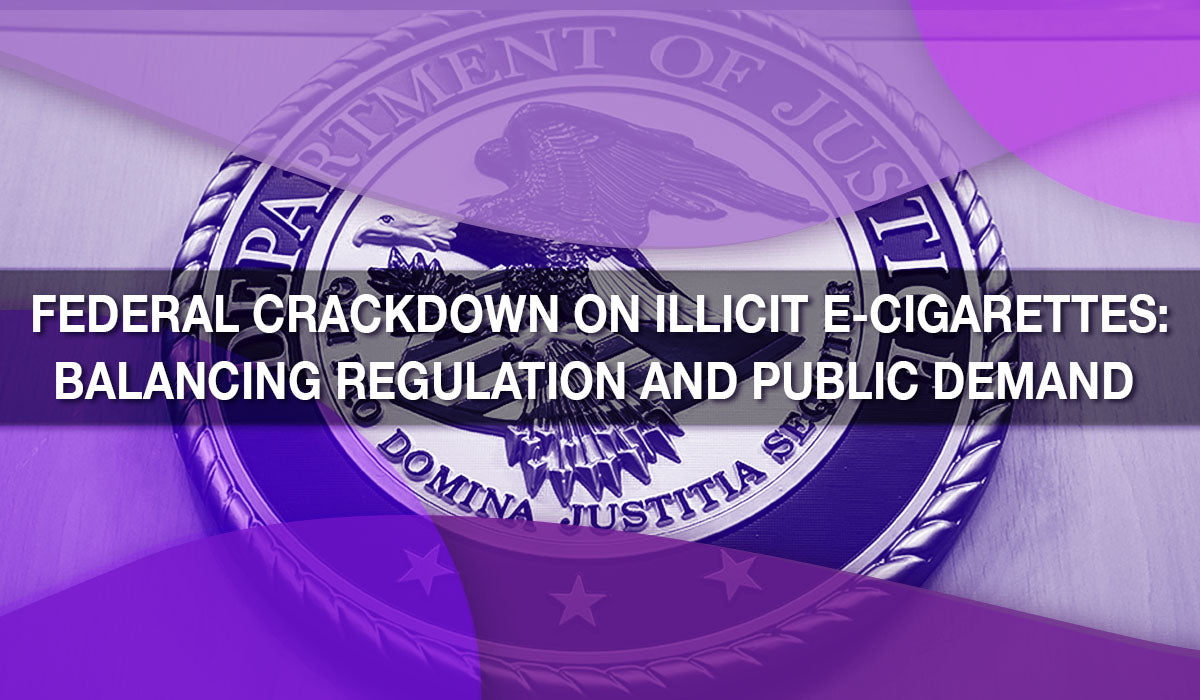
Federal Crackdown on Illicit E-Cigarettes: Balancing Regulation and Public Demand
Federal agencies are ramping up efforts to crack down on the sale and distribution of illicit electronic cigarettes. The aim is to stem the tide of products that continually skirt government regulations. The Food and Drug Administration (FDA) recently announced the formation of a new task force that includes the Department of Justice, the U.S. Marshals Service, and the U.S. Postal Service. This task force is dedicated to using “all available criminal and civil tools” to combat the illegal distribution and sale of e-cigarettes.
Acting Associate Attorney General Benjamin Mizer emphasized the urgency, stating, “Unauthorized e-cigarettes and vaping products continue to jeopardize the health of Americans – particularly children and adolescents – across the country.” He underscored that the establishment of this Task Force highlights the government’s priority to enforce tobacco laws rigorously.
The Scope of the Problem
Critics argue that illicit vaping products are often designed to appeal to children and young adults. Yet the results of the US Flavors Study clearly show that adults not only prefer flavors other than tobacco but fruit flavors were the most popular, followed by dessert/pastry/bakery.

The FDA’s refusal to authorize any vaping products in flavors other than tobacco, or any bottled e-liquids or high-capacity disposables, has led to a thriving gray market. This market, comprising products that may or may not meet FDA standards, underscores a significant regulatory gap.
Authorized vs. Unauthorized Products
As of now, the FDA has authorized only 23 e-cigarette products for adult smokers seeking alternatives to traditional cigarettes. These are the only products that may lawfully be marketed and sold in the United States. However, this limited authorization does not reflect the preferences of many vapers. The FDA’s sanctioned products, predominantly manufactured by Big Tobacco, are criticized for being unappealing and underpowered, leaving a significant portion of the market unsatisfied.

The Decline in Youth Vaping: A Contradictory Crackdown
Interestingly, the federal crackdown comes at a time when youth vaping rates are declining. High school vaping has fallen to its lowest level since 2013, with youth vaping down over 60 percent from its 2019 peak. This trend suggests that current regulations and public health campaigns are having a positive effect.

However, despite these declining rates, the task force is determined to intensify enforcement. This approach harkens back to the aggressive tactics of the War on Drugs, raising concerns about its effectiveness and the potential for unintended consequences.
The Role of Big Tobacco
Notably, the few FDA-authorized vaping products are manufactured by companies owned by Big Tobacco. These products received FDA approval partly because they are unpopular, thus less likely to be used by a large segment of the vaping public. This situation has fueled a perception that the FDA is not genuinely committed to regulating vaping in a way that aligns with consumer preferences and public health goals.
The Gray Market Dilemma
The FDA’s rigid stance on vaping products has inadvertently fueled a growing gray market. Consumers, dissatisfied with the FDA-authorized products, turn to more effective open-system devices, flavored e-liquids, and convenient disposable vapes. These products, while popular, exist in a legal gray area due to the FDA’s failure to authorize any flavors other than tobacco, bottled e-liquids, or high-capacity disposables.
The situation is exacerbated by the FDA’s inaction since the appointment of Brian King as the Director of the Center for Tobacco Products. Under his leadership, the agency has not authorized any new vaping products, reflecting a disconnect between regulatory decisions and consumer demand.
Where do we go From Here
The current crisis highlights the need for a balanced approach to vaping regulation. The FDA could benefit from emulating other product regulators by recognizing the features that millions of American consumers want. By creating and publishing clear safety standards, the FDA could preside over a well-regulated market that meets public demand without requiring heavy-handed enforcement.
Instead of forming an enforcement task force and deploying federal police, the FDA should consider a more collaborative approach with industry stakeholders. This could involve setting realistic guidelines for product safety and effectiveness, thus ensuring that consumers have access to attractive and legal vape products. A more nuanced approach that balances regulation with consumer preferences could lead to a more effective and sustainable solution to the challenges posed by illicit e-cigarettes.


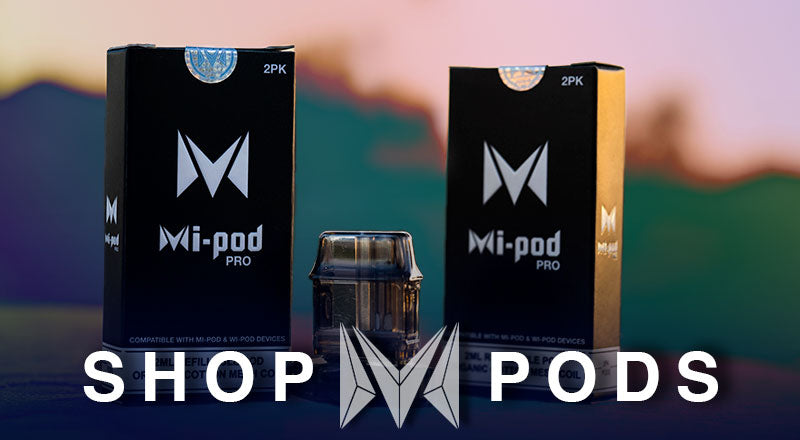
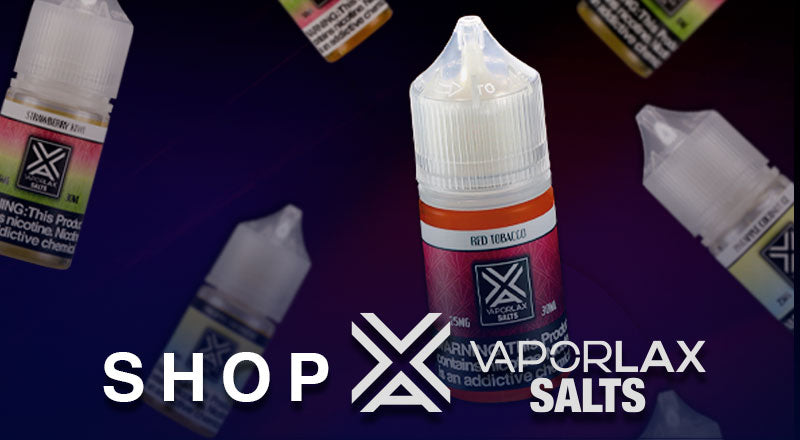
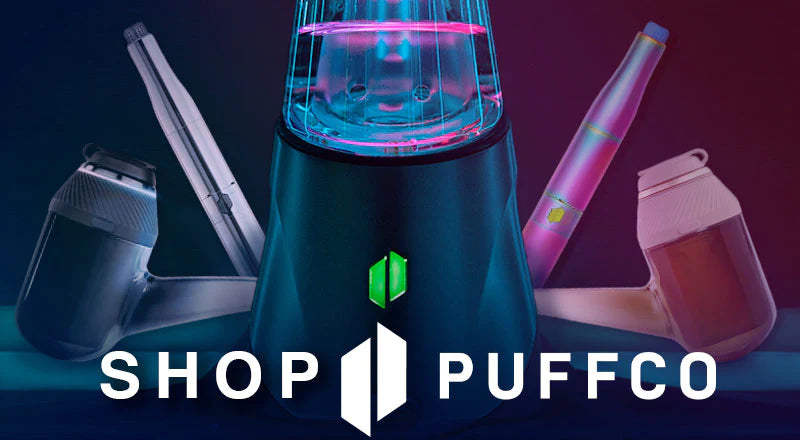
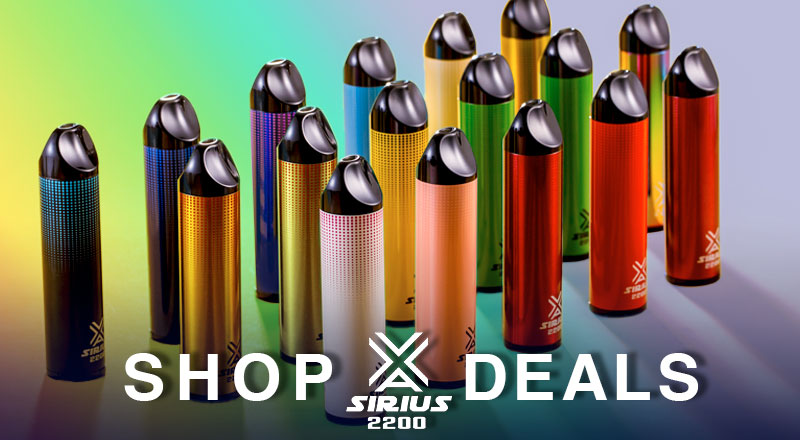

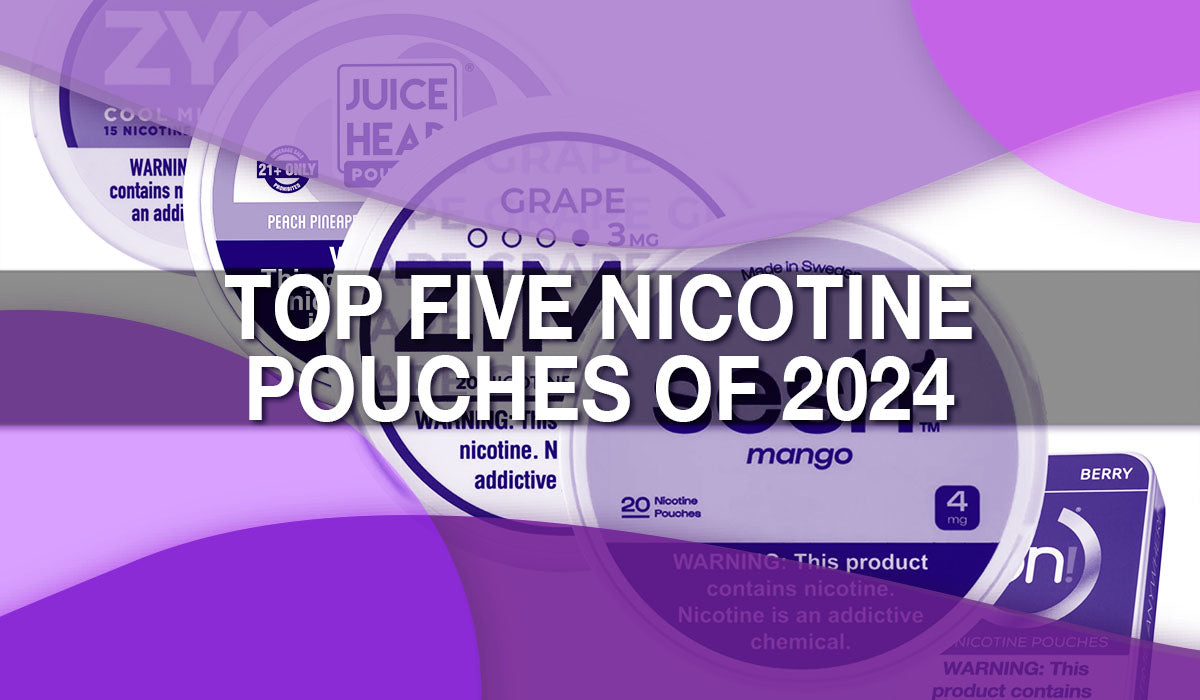

Leave a comment
This site is protected by hCaptcha and the hCaptcha Privacy Policy and Terms of Service apply.